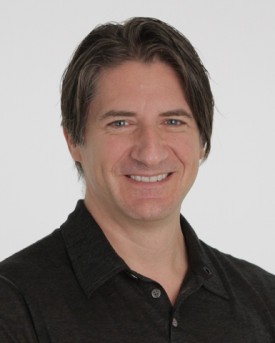You are here
Measuring Stem Cells in Cord Blood: The Value of the CFU Assay
Imagine this scenario. I have a closed box. It contains something very precious! It may change - strike that - it may save your child's life! I will take care of the box for as long as you want, for a fee. You just tell me when you need it. If you decide later that you don't want me to store the box any longer then you can walk away at any time. You might think "this sounds pretty great! But how do I really know that what I am paying for will do what you say? It sure would be better if I had something to give me more confidence". For all its wonderful prospects and demonstrated ability to save the lives of people with blood cancers and other diseases of the bone marrow, this is essentially the conundrum of private cord blood (CB) banking.
Many parents elect to have their child's umbilical CB frozen and stored as a future source of stem cells. These rare but highly potent cells can be given to the child they came from or to a close family member, as a treatment for certain cancers, blood diseases, and developmental disorders. Parents undertake this decision in most cases, however, without really knowing if the CB cells are healthy and have the ability to do what they hope they will do when the time comes. But there are several simple tests that can measure the number and viability of stem cells in a CB unit when it is banked. When these tests indicate that there are sufficient numbers of stem cells in their child's CB unit and these cells are healthy, parents should have greater confidence in the quality of their child's CB and the soundness of their investment.
Many CB banks perform a test called the "CD34 assay". CD34 is a protein that is expressed on the surface of most stem cells. The CD34 protein can thus serve as a "marker" for counting stem cells in a CB sample. The more cells that express CD34, the more stem cells are probably present. Probably. While CD34 expression is a useful indirect indicator of stem cell numbers, only about 10-20% of CD34 positive cells can actually proliferate and produce new blood cells. This means that measuring CD34 cells alone can over-estimate the actual number of stem cells in a sample. Furthermore, analysis of CD34 expression alone does not necessarily indicate that the CD34-positive cells are healthy. Stem cells can be damaged by the procedures used in collecting and processing the CB unit.
The "colony-forming unit" or "CFU" assay is another test that can be used to measure not only the number but also the quality of stem cells in CB. In this test, a very small sample of CB cells are grown in a culture dish containing growth factors. In these cultures primitive stem cells divide. One stem cell makes two daughter cells, which then make four, eight, sixteen and so on until 1-2 weeks later the dish contains many colonies comprised of hundreds or thousands of cells, each derived from a stem cell that was present in the original sample. These colonies can be counted to indicate the number of CFUs or stem cells that were present in the original CB unit. Each colony equates to one stem cell and as with CD34-positive cells, it is better to have more.
You might ask, "Which test is better for measuring CB unit quality; the CD34 assay or the CFU assay?" The answer lies in what these tests measure. The CD34 assay counts cells according to a physical property, CD34 expression, but does not measure cell function. The primary advantage of the CD34 assay is that it is quick, giving an answer in only a few hours. The CFU assay takes 1-2 weeks to perform, but its important advantage is that it measures cell function, the ability of a stem cell to multiply and produce mature blood cells. Several clinical studies have been conducted to determine which test better predicts whether and how quickly a patient's bone marrow will be replenished after stem cell transplantation. When compared head to head, most such studies have shown that the number of CFUs in a CB unit is the single best indicator of successful engraftment and overall survival following CB transplantation.
So let's revisit the box. The wonders of CB stem cell transplantation contained inside it have transformed the practice of medicine. Parents and physicians can use two common tests to determine the quality of their CB stem cells. When the stakes are this high, wouldn't you want to use the test that gives you the best idea of what's inside your box?
For more information on the CFU assay and how it is used to measure stem cells in cord blood, please visit stemcell.com for the following resources: Potency Assays for Measuring the Engraftment Potential of Hematopoietic Stem and Progenitor Cells and The CFC Assay For Cord Blood.



